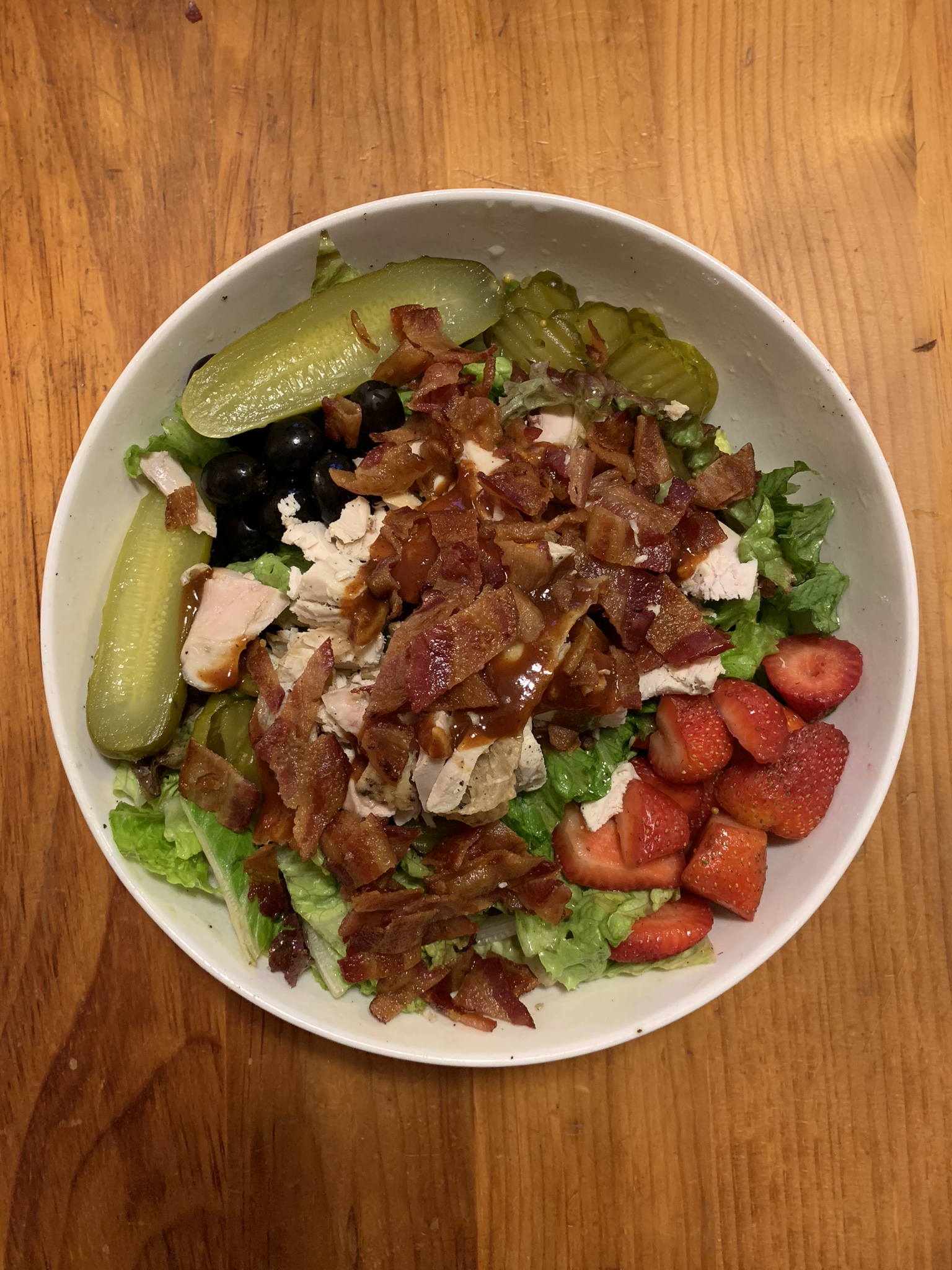
Diabetes patients can choose from a variety of foods. It is important to eat a balanced diet in order to control blood sugar. Legumes are high in protein, fiber, and high-quality carbohydrates. Soluble fibre helps to stabilize blood sugar levels and curb hunger. In a recent study, eating legumes reduced type 2 diabetes risk, and improved blood sugar control.
As a low-carb food, avocados are a great choice for diabetics. Avocados are rich in fiber and healthy fats. Walnuts have a high level of omega-3s making them a good choice for diabetics. But, you should limit your intake to one cup of walnuts. Chickpeas are a legume rich in protein and fiber. Chickpeas are high in protein and can be eaten as a snack. They also contain large amounts of dietary fiber.
While many people don't like spinach's taste, the beta-carotene in pumpkins can be converted to essential vitamin A. For added fiber, you can mix the skin with other vegetables if you don't want to eat it. They can be prepared and eaten as part of your meal. A scoop of Quinoa can be added to any soup or smoothie for extra protein.

Greek yogurt can be enjoyed as a snack by diabetics. Greek yogurt is safe for breakfast or snack as it only contains six to eight g of starchy vegetables. Some brands may contain added sugar so make sure you read the label. A yogurt is fine, but you can also eat fruit in moderation (berries and cherries included). Flax seeds contain lignans, which help improve insulin sensitivity and reduce the risk of heart disease.
Sweet potatoes are high in potassium and fiber, as well as lean protein. They can be cooked and eaten as a snack. Despite being high in carbs, sweet potatoes are low in sugar and are ideal side dishes for lean protein and vegetables. They are also an excellent source of magnesium, which helps lower your risk of stroke and lowers your risk of developing diabetes. They are therefore the best food for diabetics.
Many fruits and vegetables are rich in antioxidants, and they are good sources of fiber. They can be used as a salad ingredient or in smoothies. In addition to berries, you can also use Greek yogurt for salads and yogurts. They can be used in place of yogurt. You can even use them in smoothies. When preparing fruit for salads, you can use them to enhance the taste of your desserts.
Diabetic diets need to be balanced. Diabetic diets should contain low levels of sugar but high amounts of saturated fats and trans fats. Instead of being high in fat, they should be high-in fiber, protein,, and fiber. A diabetic diet should contain whole grains and fruits. The diet should also include healthy fats. You can get the benefits of these foods from these sources.

Healthy eating habits for diabetics include plenty of fruits, vegetables, and whole grains. Fruits and vegetables that are fresh, ripe, and organic are the best. Low-calorie foods will be the best choice for diabetics. There are many ways you can include fruits and vegetables in your daily diet. For example, you can eat nuts every day. These can be delicious and healthy foods for diabetics. Be careful with your sugar intake to avoid diabetes.
Greek yogurt is another food that diabetics can eat. It is rich in fiber and contains very few carbohydrates. You can enjoy it as a snack, or as a savory meal. You can also include whole grains. They contain low-calorie and high-fiber foods. Whole-grain breads are a good choice for diabetics due to their low sugar content. These breads can also be used as a source of fiber, such as pastas and whole-grain breads.
FAQ
How can I reduce my blood pressure
Find out the causes of high blood pressure first. You must then take steps towards reducing the problem. This could include eating less salt, losing weight if necessary, taking medication, etc.
You also need to make sure you are getting enough exercise. Walking is a great alternative if you don't have the time or energy to exercise regularly.
A gym membership is a good idea if you don't like how much exercise your doing. A gym that has other members who are motivated by your goals will be a good choice. You will find it easier to keep to a workout schedule if you have someone to watch you at the gym.
What is the difference between fat and sugar?
Fat is an energy source from food. Sugar is a sweet substance found naturally in fruits and vegetables. Both sugars and fats have the same calories. But, fats have more calories than sugars.
The body stores fats and they can lead to obesity. They cause cholesterol buildup in arteries which may lead to heart attacks and strokes.
Sugars are quickly absorbed by the body and provide instant energy. This causes blood sugar levels to rise. High blood glucose levels can pose a danger because they increase the chance of developing type II Diabetes.
What does it take to make an antibiotic work?
Antibiotics can be used to kill bacteria. Antibiotics are used for treating bacterial infections. There are many types and brands of antibiotics. Some are administered topically, while others can be taken orally.
Antibiotics are often prescribed to people who have been exposed to certain germs. To prevent shingles, an oral antibiotic may be prescribed to someone who has had chicken pox. Penicillin might also be administered to someone with strep throat. This will help prevent the possibility of developing pneumonia.
When antibiotics are given to children, they should be given by a doctor. Children are more likely to experience side effects than adults from antibiotics.
Diarrhea is the most common side effect from antibiotics. Other side effects possible include dizziness, nausea, vomiting, stomach cramps, dizziness and allergic reactions. These side effects usually disappear once treatment has ended.
How can I tell what is good for me?
You need to listen to your body. Your body knows what you need when it comes time to eat, exercise, and get enough rest. You need to be aware of your body and not overdo it. You must listen to your body to ensure you are healthy.
Statistics
- According to the 2020 Dietary Guidelines for Americans, a balanced diet high in fruits and vegetables, lean protein, low-fat dairy and whole grains is needed for optimal energy. (mayoclinichealthsystem.org)
- This article received 11 testimonials and 86% of readers who voted found it helpful, earning it our reader-approved status. (wikihow.com)
- nutrients.[17]X Research sourceWhole grains to try include: 100% whole wheat pasta and bread, brown rice, whole grain oats, farro, millet, quinoa, and barley. (wikihow.com)
- The Dietary Guidelines for Americans recommend keeping added sugar intake below 10% of your daily calorie intake, while the World Health Organization recommends slashing added sugars to 5% or less of your daily calories for optimal health (59Trusted (healthline.com)
External Links
How To
What does the word "vitamin" mean?
Vitamins can be described as organic compounds found in food. Vitamins are essential for our bodies to absorb nutrients from the foods we eat. Vitamins are not made by the body, so they must be obtained through food.
There are two types: water-soluble and fat-soluble vitamins. Water soluble vitamins dissolve easily in water. These include vitamin C (thiamine), Vitamin B1 (riboflavin), Vitamin B2 (riboflavin), Vitamin B3 (niacin), Vitamin B6 (pyridoxine), Vitamin C, B1 (thiamine), Vitamin B2 (riboflavin), Vitamin B3 (niacin), and Vitamin B6 (pyridoxine). Fat-soluble vitamins are stored in the liver, fatty tissue and kidneys. Vitamin D, E, K and A are some examples.
Vitamins are classified based on their biological activity. There are eight major types of vitamins:
-
A - Vital for normal growth and maintaining good health.
-
C – essential for proper nerve function.
-
D - essential for healthy bones, teeth, and gums.
-
E - Required for good vision & reproduction
-
K – Required for healthy nerves & muscles.
-
P - Vital for strong bones and teeth.
-
Q – aids digestion of iron and iron absorption
-
R is required for the production of red blood cells.
The recommended daily intake (RDA), of vitamins varies with age, gender and physical condition. RDA values are set by the U.S. Food and Drug Administration (FDA).
For adults aged 19 and older, the RDA for vitamin B is 400 micrograms daily. Because it is essential for the development of the fetus, pregnant women should consume 600 micrograms per daily. Children ages 1-8 require 900 micrograms per day. Infants below one year old require 700mg per day. But, between 9 months to 12 months, the amount drops to 500mg per day.
Children aged 1-18 years need 800 micrograms daily, while children overweight require 1000 micrograms per days. Children who are severely obese or underweight will need 1200 micrograms each day.
Children 4-8 years old who have anemia must consume 2200 micrograms of Vitamin C daily.
2000 micrograms per person is necessary for general health. Breastfeeding or pregnant women require 3000 micrograms per daily due to higher nutrient demands.
1500 micrograms are required daily by adults over 70 because they lose approximately 10% of their muscle each decade.
Women who have been pregnant or are lactating require more than the RDA. Pregnant women require 4000 micrograms daily during pregnancy, and 2500 micrograms every day after birth. Breastfeeding mothers require 5000 micrograms daily when breast milk production is occurring.